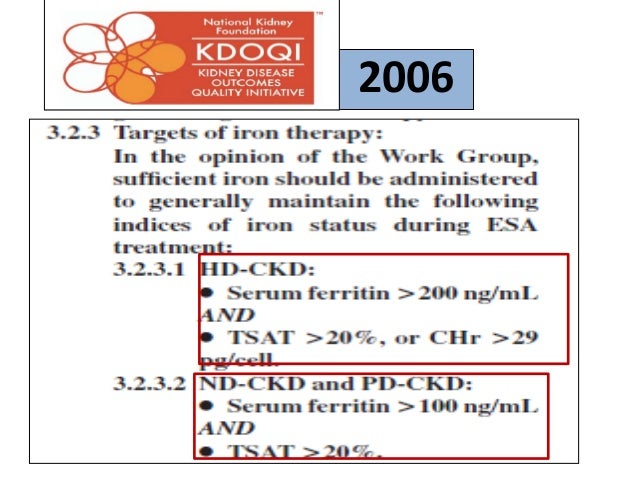

According to European guidelines, the ratio should be less than 1.1 g/(ml/min) for intra-arterial contrast medium administration with first-pass renal exposure (not passing lungs or peripheral tissue before reaching the kidneys). In some emergent conditions such as CT of aortic aneurysm with suspected rupture, the need for contrast is greater than the risk of contrast-induced nephropathy.įor the rest of the investigations, evidence suggests that contrast doses should be limited to a ratio of grams of iodine to glomerular filtration rate (I gram / GFR ml/min) of a maximum of 1 g/(ml/min). Other relative or absolute contraindications to IV contrast, regardless of GFR, are contrast allergy (see CT with IV contrast#Allergy) and untreated hyperthyroidism (see Iodinated contrast and hyperthyroidism). In such cases, Swedish guidelines only include withholding metformin after the CT, and not before. If lower, no contrast should be given unless absolutely necessary. Metformin use potentially causes lactic acidosis if contrast-induced nephropathy occurs, and European guidelines (ESUR) recommends stopping metformin at least 48 hours before a CT with IV contrast if GFR is between 30 and 44 ml/min/1.73 m 2, unless emergent, and resume metformin 48 hours after the CT if renal function has not deteriorated. Individuals who have undergone kidney transplantation.Persons in dialysis with residual renal function of at least 400 ml urine / 24h.In addition to those in the Roxana Mehran score, the following are also risk factors of contrast-induced nephropathy: Contrast media volume (1 point per 100 ml)Ī risk score of less than 6 carries a risk of 7.5% to score more than 16 carries up to 57% risk.Hypotension (5 points, if systolic BP less than 80 mmHg for at least one hour requiring inotropic support).In terms of estimated glomerular filtration rate in ml/min: Use of an intra-aortic balloon pump (5 points).Age (4 points if older than 75 years old).The Roxana Mehran score predictor applies the following ten variables: Look in the medical records (and/or ask the patient) for other risk factors of contrast-induced nephropathy. Subsequently, the most relevant options depend on whether the dose that can be given is larger, about equal, or less than the needed dose. In people at risk for contrast-induced nephropathy, other risk factors need to be checked. Multiple radiocontrast injections within 48-72 h.Large doses of radiocontrast given IA with first-pass renal exposure.eGFR of less than 45 ml/min/1.73 m 2 before intra-arterial administration with first-pass renal exposure or in ICU patients.eGFR is preferably calculated by cystatin C rather than creatinine in patients with abnormal muscle mass or cirrhosis.eGFR can be calculated from creatinine level, age, sex and race ( link to calculator), but is even more accurately given by the addition of height, weight, stability of creatinine as well as any amputations ( link to calculator.Estimated glomerular filtration rate (eGFR) of less than 30 ml/min/1.73 m2 before intra-venous or intra-arterial radiocontrast administration with second-pass renal exposure (passing lungs or other tissues before the kidneys).According to European guidelines, the main risk factors of contrast-induced nephropathy:


 0 kommentar(er)
0 kommentar(er)
